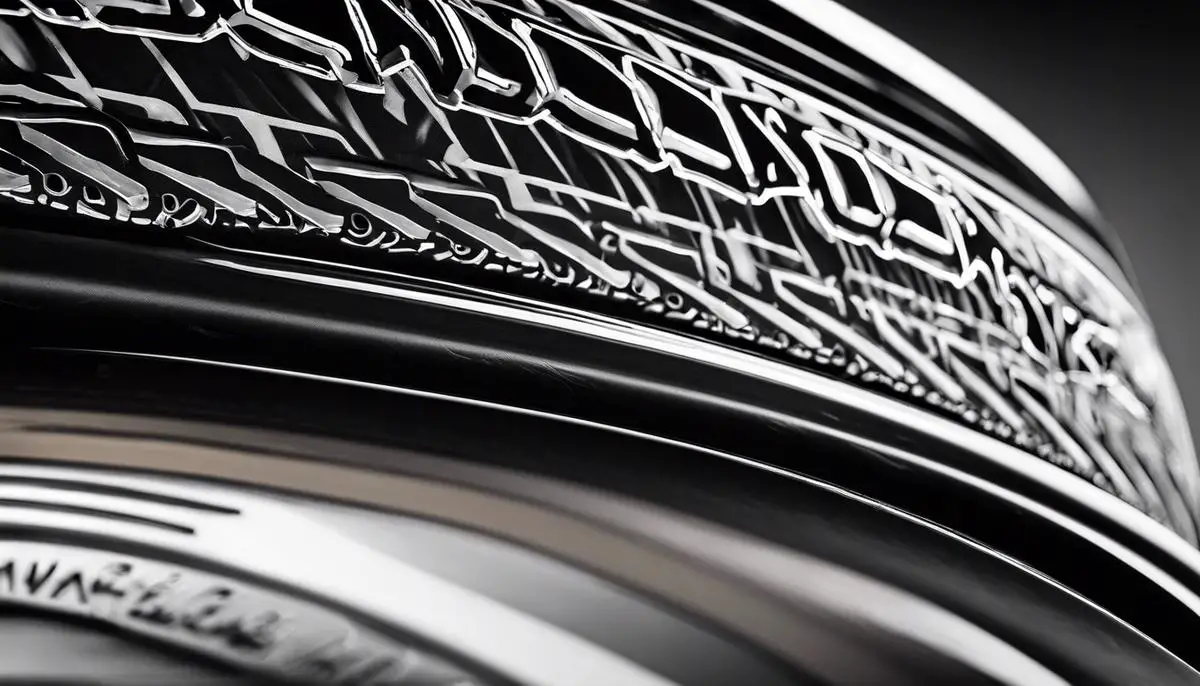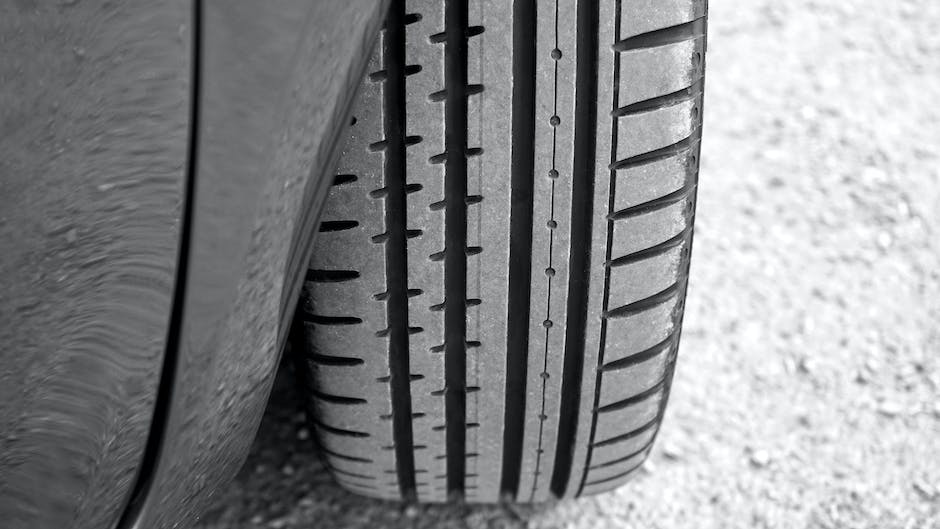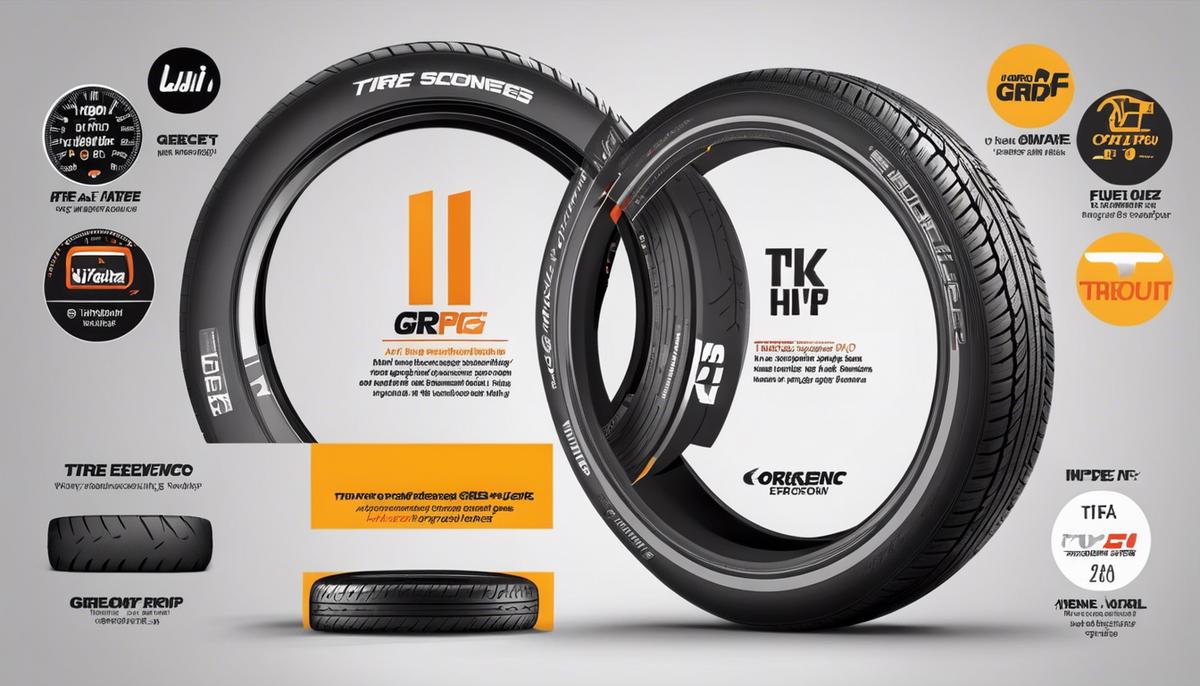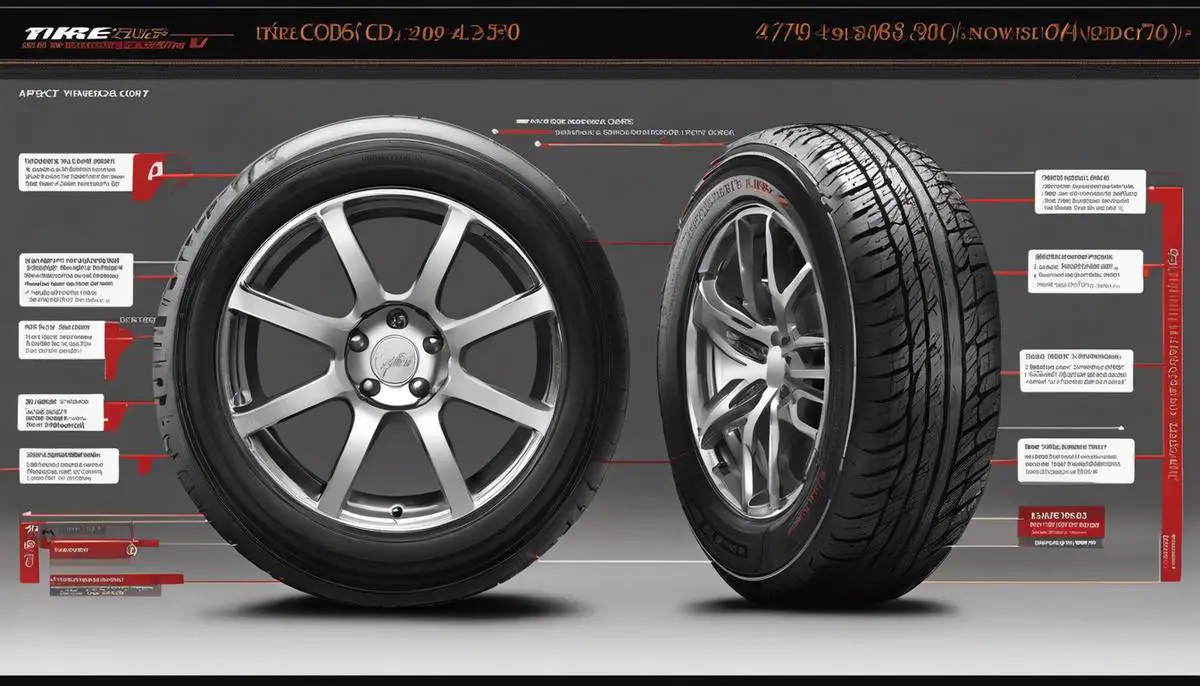Navigating the intricate world of tire size specifications might seem like a daunting task at first glance. The cryptic blend of numbers and letters embossed on a tire’s sidewall tells a detailed story about its capabilities, dimensions, and suitability for different vehicles. In this essay, we unwrap the layers of the tire code anatomy to provide you with a clear understanding of what these characters mean—from the tire type and width to its aspect ratio and load capacity. By demystifying these terms, we seek to empower you as a conscientious consumer, equipped with the knowledge to make informed decisions about tire purchases that can affect your vehicle’s performance and safety on the road.
Contents
Understanding Tire Code Anatomy
Deciphering the Code: Understanding Tire Sidewall Markings
Alright, gearheads and casual cruisers alike, it’s time to dip our toes into a topic that might have caused a few head scratches at some point: what in the world do all those numbers and letters on a tire’s sidewall actually mean? You’ve seen them every time you check your wheels, but it’s about time you got to know these little etchings like the back of your hand.
Let’s start with the basics. That seemingly cryptic string of characters holds the key to understanding your tire’s specs, and it’s not as intimidating as it looks. The sidewall of your tire provides everything from size and load capacity to its speed rating and even its birthdate!
When you take a closer look at your tire, you’ll see something like this: P215/65R15 95H. This might seem like alphabet soup at first glance, but each segment has a specific meaning. Let’s break it down piece by piece:
- P: This letter stands for ‘Passenger.’ It’s an indicator of the type of vehicle the tire is designed for. ‘P’ is typically for passenger vehicles. If you see ‘LT,’ that’s for light trucks. No letter? That usually means it’s a European style, known as the metric size.
- 215: This three-digit number is the tire width in millimeters, measured from sidewall to sidewall. In our example, the tire is 215 millimeters wide.
- 65: This is the aspect ratio, or the height of the tire’s sidewall. It’s a percentage of the tire width. So, for a 215 width, a 65 aspect ratio means the height is 65% of that 215 mm width.
- R: This letter indicates the tire construction type – ‘R’ stands for radial, which is the standard for most tires today. Radials are made with layers of fabric that run radially around the tire.
- 15: This number is the wheel diameter in inches. It tells you the size of the wheel that the tire is intended to fit. A 15 here means the tire is made to fit a 15-inch wheel.
- 95H: This combo here is a bit special. The number, 95, is the load index and it represents the maximum weight that the tire can support when properly inflated. The higher the number, the more weight it can bear. Each number corresponds to a specific weight. In this case, 95 typically equates to 1,521 pounds.
The letter ‘H’ following the load index is the speed rating. This denotes the top speed the tire can safely maintain over time. An ‘H’ speed rating allows for speeds up to 130 mph. Other ratings include ‘T’ (118 mph), ‘S’ (112 mph), and going all the way up to ‘Y’ (186 mph).
And lastly, lurking somewhere on the sidewall is the DOT (Department of Transportation) code, which ends with a four-digit number. These last four digits represent the week and year the tire was made. For example, ‘3120’ indicates the tire was manufactured in the 31st week of 2020.
There you have it! A quick guide to speaking your tire’s language. Whether it’s for routine checks, shopping for new rubbers, or simply impressing your fellow car enthusiasts, knowing how to read your tire sidewall is an essential bit of know-how that puts you in the driver’s seat when it comes to tire knowledge. Keep this guide bookmarked, roll up those sleeves, and next time you squat down to inspect your wheels, you’ll do so with unbridled confidence!

Comparing Tire Sizes
Understanding tire sizes is critical when selecting the right tires for your vehicle, ensuring safety, performance, and fuel efficiency. Once accustomed to the alphanumeric labyrinth on tire sidewalls, you’ll need to delve into comparing this data across different tire sizes for compatibility.
First, focus on the width. Width is fundamental when considering clearance within the wheel well. A broader tire may offer better grip, but only if there’s ample space to accommodate it without rubbing against suspension or body components. Keep in mind the original tire width and avoid extreme variations that could affect vehicle handling.
Next up is the aspect ratio, denoting sidewall height as a percentage of tire width. Changing this ratio affects not just the profile but also the overall diameter of the tire. A lower aspect ratio means a shorter sidewall, resulting in potentially better handling but a firmer ride. However, stick close to the original aspect ratio to avoid altering speedometer accuracy and vehicle dynamics.
Tire construction type identifies the internal build. A direct swap—like radial to radial—is straightforward. Mixing different construction types between tires on the same axle is a no-go as it can lead to handling abnormalities and is usually not recommended by tire manufacturers.
Wheel diameter should match the wheels on your vehicle. This is unequivocal – a difference in diameter necessitates new wheels, making this an upgrade consideration rather than a direct tire replacement scenario.
Lastly, ensure that the load index and speed rating meet or exceed those of the original equipment. Driving with tires that can’t adequately support the vehicle’s weight or sustain its potential speed can be unsafe and lead to tire failure.
In summary, remain within close proximity to your vehicle’s original tire size specifications. Subtle adjustments are permissible, provided they fall within safe operational boundaries and are backed up by thorough research or professional advice. Always prioritize compatibility, safety, and legality over aesthetics or perceived performance gains. There’s beauty in the precision of a perfectly fitted tire — it’s where rubber meets not just the road, but also craftsmanship and care.

Tire Size Impact on Vehicle Performance
Moving from the tire sidewall markings to the real-world implications, let’s discuss how tire size directly affects vehicle performance and safety. When choosing tires, it’s not just about a snug fit or aesthetic preferences; size variations can lead to noticeable changes in handling, fuel economy, speedometer accuracy, and overall driving experience.
Tire Width: Grip and Fuel Economy
A wider tire will generally provide better traction due to a larger contact patch with the road. This can be especially beneficial when accelerating or cornering. However, there’s a tradeoff: increased rolling resistance. This means the engine has to work a tad harder to keep those beefier tires rolling, thus potentially reducing fuel economy.
Aspect Ratio: The Ride Comfort versus Handling Dilemma
The aspect ratio is essentially the height of the tire’s sidewall. A lower aspect ratio usually means a shorter sidewall and can lead to stiffer handling and a more responsive turn-in on corners. It also typically enhances the vehicle’s stance, giving it a sportier look. On the flip side, a higher aspect ratio—taller sidewalls—absorbs road imperfections better, contributing to a smoother ride.
Impact of Construction Type
The most common tire construction is radial, a staple for its durability and performance. There are others, however, like bias-ply, which you might encounter in niche applications or vintage vehicles. Compatibility here is key; matching the tire’s construction to what the vehicle was designed to use ensures performance and safety standards are met.
Wheel Diameter Compatibility
Each vehicle is engineered with a wheel diameter in mind, integral to the suspension setup and gearing. Upsizing or downsizing too far from the recommended diameter can upset the vehicle’s balance, alter the accuracy of the speedometer and odometer, and even affect the functionality of the anti-lock braking system (ABS).
Load Index and Speed Rating as Safety Pillars
The importance of observing the prescribed load index and speed rating is paramount. These aren’t just numbers; they’re direct indicators of a tire’s capacity to handle the rigors of the road. Overloading a tire or pushing it beyond its speed rating compounds the risk of a blowout, with severe safety implications.
Matching tire size is not just about maintaining the aesthetics or the feel of the vehicle—it’s also about adhering to safety standards and ensuring the vehicle performs in the way the engineers intended. Every aspect, from width to aspect ratio, and from construction type to overall diameter, plays into how a vehicle handles, accelerates, decelerates, and consumes fuel. Deviating from the manufacturer’s recommended tire size could lead to unsavory results, both in terms of performance and safety.
For enthusiasts and everyday commuters alike, these considerations are the foundation for making informed decisions about tires. Understanding the synergy between the vehicle and its tires means cultivating a driving experience that’s both enjoyable and safe. When it’s time to replace those tires, take a moment to reflect on the interconnected nature of tire size and vehicle dynamics, ensuring that the choices made are the right ones.

Armed with the insights into tire size specifications, you now possess the key elements to navigate the world of tires with confidence. No longer a string of indecipherable characters, the tire code serves as a transparent guide to securing the optimal choice for your vehicle. Understanding these specifications does more than just ensure a proper fit; it lays the foundation for a safer and more efficient driving experience. By appreciating the profound influence of tire sizes on your vehicle’s performance, you can drive forward, secure in the knowledge that your selections are as informed as they are prudent.



